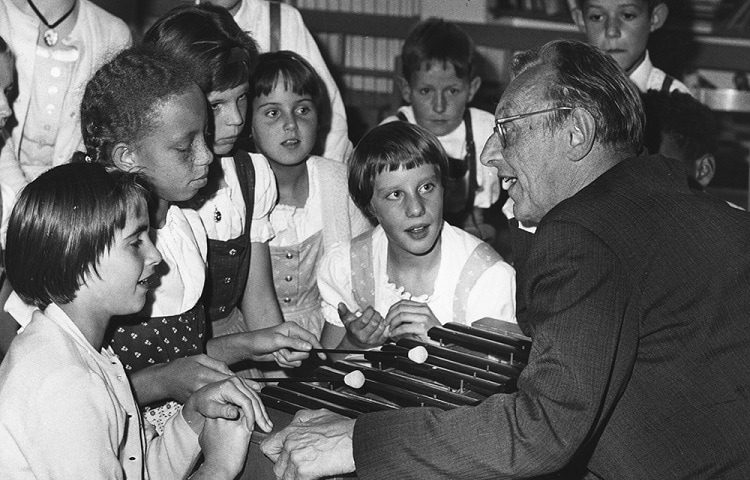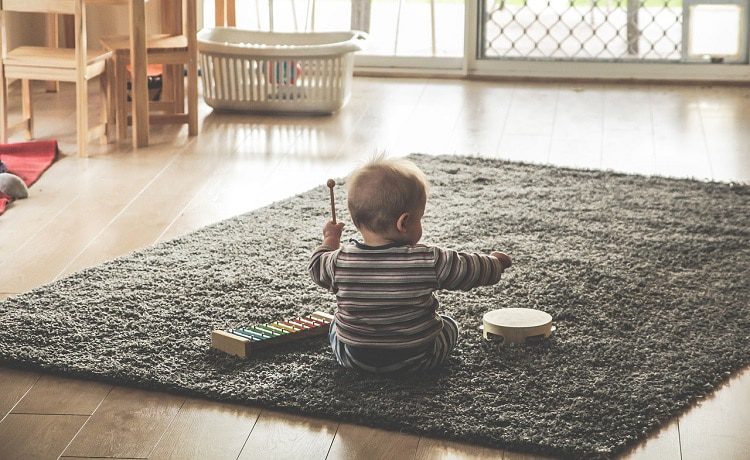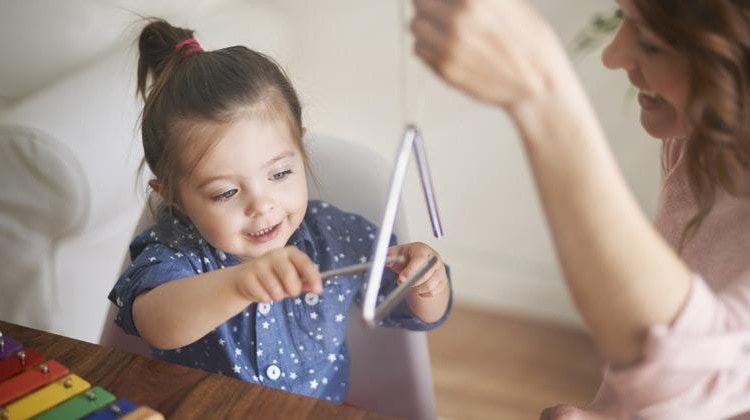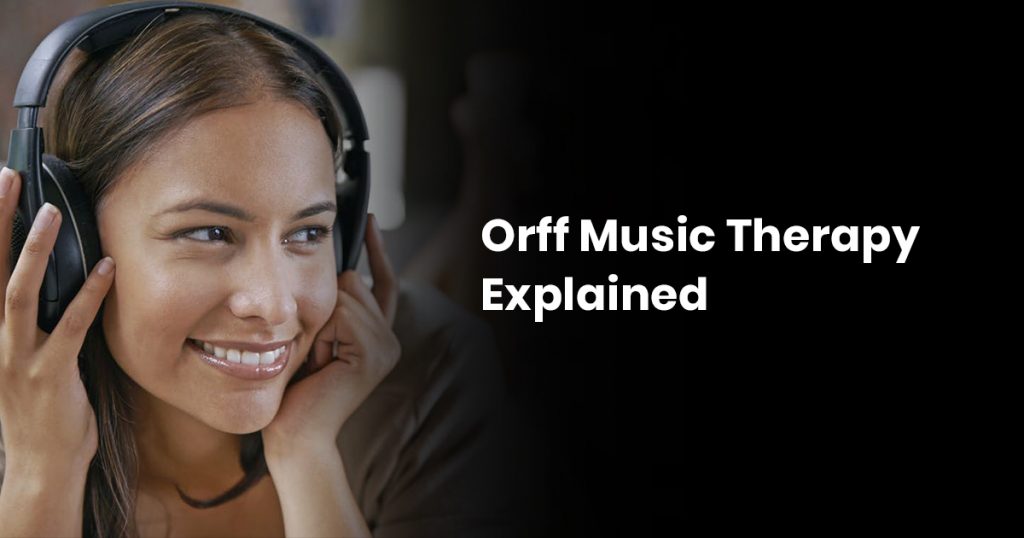If you have ever seen kids singing, dancing, and acting while learning, then you’ve probably wondered what exactly were they doing? The short answer is that they are learning – using Orff Music Therapy.
This process of learning uses xylophones, glockenspiel, and Metallophones to engage children in the learning process. Ultimately this approach to teaching kids about music is different from any other approach.
So what exactly is the Orff approach?
Well, to put it simply, it’s basically an approach to learning where children are presented with the element of play, and ultimately this helps children learn on their levels of understanding. It is also referred to as Orff–schulwerk, and “music for children.”
Let’s take a closer look at what the Orff method has to offer and why it is so valuable.
History of Orff music therapy
This unique approach to music education was initially introduced and developed by Carl Orff. Not only was he a German conductor and educator but also a composer. One of his most famous compositions was the Oratorio “Carmina Burana.”

This compilation was conceived in the 1920s and 1930s while he was a music director of the Günther-Schule School of Music, gymnastics, and dance. The school was actually co-founded by him in Munich.
Belief in the value of the movement is what inspired these ideas. His ideas and perceptions were shared in a book titled Orff-Schulwerk and was later revised and adapted into English. The book became better known as Music for children.
Some of the other books that he has written include Elementaria, play, sing, and dance, as well as discovering Orff, a curriculum for music teachers.
Benefits
While there are a variety of approaches to music education, the Orff approach has a number of benefits and is also proven to be effective for children of various ages.
Overall speaking, the approach works best when used for children of all ages, including those in middle school and babies as well. Ultimately this method equips children with the tools to fully understand and comprehend music from an early age.

These skills then continue to be used as the child grows, and aside from that is also creative and fun, so overall speaking, it is a positive learning environment that promotes exploration.
The same way a child learns to hear and speak the language before actually reading and writing it, the same can be said for music. This approach gives children the opportunity to interact with and make music in lots of different forms before actually learning how to read and write music.
The approach uses poems, rhymes, songs, dances, and lots of games as a form of engaging children in learning.
However, the difference of this approach as compared to the more typical approach to learning is that instead of learning through rote memorization, the Orff method teaches your child musical skills through group participation in music-making.
Therefore music becomes a sensory experience, and children utilizing it to enhance creativity.
Children ultimately become more motivated and confident through the Orff approach. Instruments are also designed with removable bars, so they are simple to use, especially for young children. So thanks to the adaptability of the Orff instruments, children are able to create beautiful music right from the onset.
The instruments, such as xylophones and Glockenspiels, proves that everyone can learn music. Only pentatonic keys are played to ensure that notes don’t clash with everything, and it is pleasing to you. Ultimately this approach is an open-minded one.
It’s also been discovered that the Orff music approach increases the ability for self efficiency; self-expression and social skills. So ultimately, it is an effective intervention with positive effects in a therapeutic environment for lots of individuals living with various disorders.
Orff music instruments
In the Orff classroom, folk music and that composed by children themselves are used. Xylophones, Metallophones and glockenspiels are used as well.
Castanets, Maracas, bells, triangles, cymbals, Timpani, tambourines, bongos, gongs, steel drums, and conga drums are also some of the percussion instruments that are used inside the classroom.

There are other instruments, both pitched and unpitched, that are used, including claves, djembe, cowbells, rainmakers, sandbox, Vibraslap, tone blocks as well as wood blocks.
The instruments within the approach all have removal bars, and specifically designed columns to project the sound. They are also easily stored and transported.
The teachers use different size drums, recorders as well as various non-pitched percussion instruments that ultimately round out the songs that are sung and played.
This approach requires children to sing, chant, dance, snap fingers, and pat along with the various rhythms and melodies.
Related Questions
What is Orff music therapy?
It is an approach to music that uses song, dance and games to engage kids in a sensory experience that encourages and enhances creativity.
What are the benefits of Orff music therapy?
It equips and encourages children to learn, engage and understand music from a young age, while promoting positive exploration.
From what age can you start using the Orff method to learn?
It’s never too early and learning is encouraged for all ages, starting with babies.

